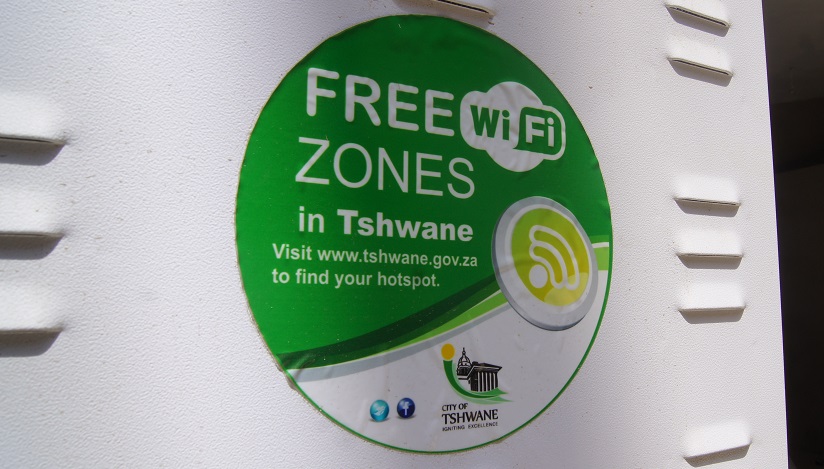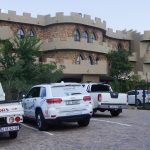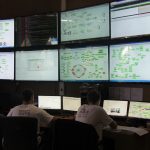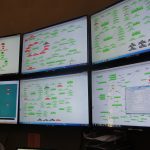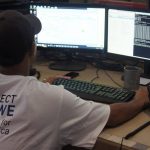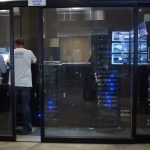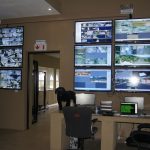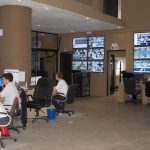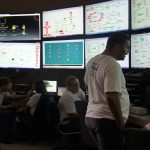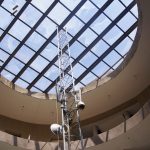Since the City of Tshwane unveiled its Project Isizwe free WiFi initiative in November 2013, 400 000 users have connected to its many masts. According to admins at the firm, as many as 30 000 unique users using the service in a single day.
Yet if you live outside of one of the areas that it covers, you might be forgiven for never having heard of Isizwe or understanding exactly how it’s being used – certainly we’re curious. Which is why when htxt.africa got an offer for an exclusive tour of the brand new Project Isizwe offices and networking centre to find out exactly how Pretorians are using the free WiFi in their everyday lives, we couldn’t resist heading up the N1 with a film crew from EDGE: Science and Technology in tow.
Headed by former Mxit CEO, Alan Knott-Craig Junior, Project Isizwe is located in a castle (yes, a real castle) in a beautiful suburb that sits at the top of a hill overlooking the city.
The castle is a brand new one, with builders still adding the finishing touches on the interior. In the meantime, the Project Isizwe team sits and works from the networking centre which hosts the project’s servers – this is where all hotspots are controlled and monitored via various technologies and CCTV cameras.
Project Isizwe hotspots are located at the Tshwane University of Technology’s Soshanguve campus, University of Pretoria’s Hatfield campus, Tshwane North College, Mamelodi Community Centre, Church Square, Union Buildings, Atteridgeville and other suburbs around Tshwane.
By the end of last year, 213 schools in Soshanguve, Mamelodi and Atteridgeville were also connected and plans are in place to expand to more schools in the municipality.
Zahir Khan, COO of Project Isizwe says data collected by the project indicate that most users are using the WiFi to access educational content.
“I guess that’s largely based on the positioning of the sites mostly in schools and university campuses,” he explains.
“The second most popular content is economic development opportunities such as business and jobs and the third most sought after content is YouTube videos and what’s interesting about the accessing of YouTube is that these young people are not only watching entertainment videos but are watching videos that teach them how to do things.”
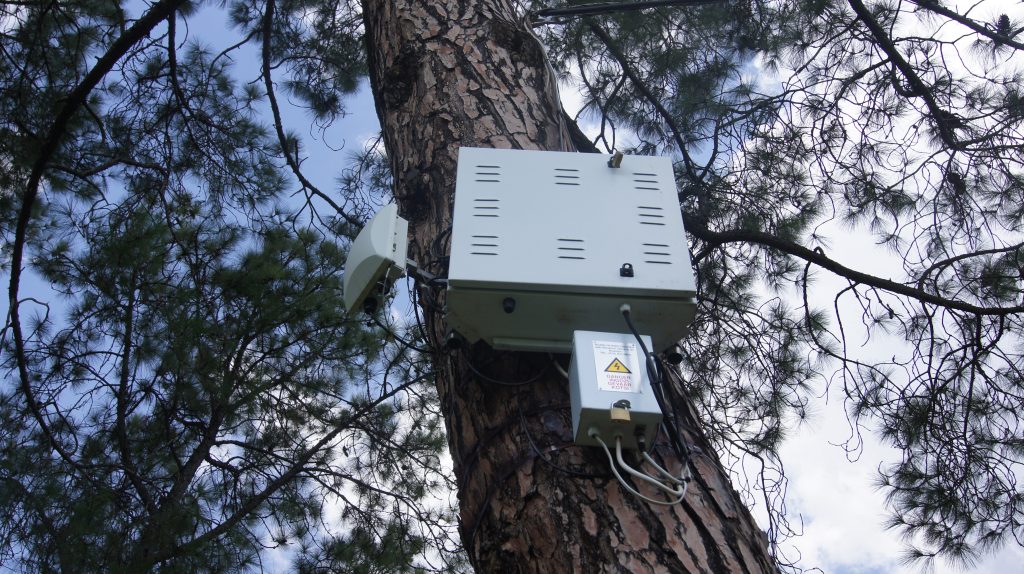
Project Isizwe’s WiFi TV network, which is broadcast to City of Tshwane residents, is also attempting to cultivate users to begin creating their own culture of citizen journalism, particularly in the township areas where residents are chosen and trained to report on the happenings in and around their communities.
“WiFi TV is not just about delivering TV content,” Khan says. “It’s also about enabling hyper-localised content that’s filmed by community members and uploaded for access on end user devices. The only time you have mainstream media going into townships is when there’s bad news to report. Yet everyday, there’s lots of positive things happening in business, sports, entertainment and so on. This is another way of getting those kinds of stories out there to people.”
The average Project Isizwe WiFi users are young people between ages of 20 and 35 in the city centre and townships. “That’s largely because those are the people that have the highest demand for connectivity,” Khan states. “We’re also seeing that it’s a lot more easy to communicate with young people through video and that’s why our WiFi TV network resonates largely with that audience,” explains Khan.
And according to Khan, the My Citi channel, which communicates community projects by the City of Tshwane, is the most popular channel on the network.
Project Isizwe does have some safety and security measures in place to protect users from harmful content, but for tasks such as internet banking, Khan says there is a landing portal on the network that educates users about being careful with their personal details.
“We use OpenDNS on our system which is controlled here at the network operation centre. Users connect and based on what they are choosing to access to see, OpenDNS blocks content that’s not allowed on the network.”
“The biggest challenge we have faced was enabling our services at a reduced cost. We all come from a telecommunications background and so we understand the cost of deployment. We had to identify ways of reducing the cost at a fraction of the traditional telecommunications price range.”
When the power goes out
With loadshedding hanging as a dark cloud over South Africa’s head of late, Khan says whenever one of its sites experience loadshedding, an indicator goes off at the network centre.
“There are certain high sites we use as consolidation points and some WiFi zones connect to them. If a high site goes down and it serves more than one suburban area and one of its areas is under loadshedding, we make sure they have back up power so that if there’s loadshedding the high site continues to run and the area that’s not affected continues to be serviced. Unfortunately to do this at every single site would be an astronomical cost.”
The Union Buildings in the city centre have become a popular spot particularly for students and school children as many of them head over to the buildings’ park area to sit down and use the WiFi.
“I find that the connection is very reliable,” says Nompumelelo Mbamali, a student from Wits University who lives in Pretoria comes regularly to the Union Buildings to access the WiFi. “Whenever I come I always get what I need, some days it’s fast, some days it’s not but that depends on how many people are all here at one time, but overall I’m happy with it.”
Sebendile, a student from the Tshwane University of Technology says for her, the free WiFi comes in handy on days when she can’t doesn’t have data on her phone.

Khan says tests done by independent media houses on Project Isizwe’s internet speed show that the average speed is 7Mbps upload and download speed. “Our own tests show basically the same results, we recorded overall average speeds of 5 to 7Mbps,” he says.
“We like that we can get onto Facebook, WhatsApp and YouTube for free now,” says a group of young guys who just arrived at the park and are first-time users of the service.
According to 19-year-old Kani Khanye, the internet speed is quite normal and it met his expectations. “I expected it to be slow because a lot of people come here,” adds 19-year old Paul Potloane, “but I’m quite happy with it and have no complaints so far.”
The only thing the Pretorian youngsters would like to be changed about the service is increasing the data limit each person can use, which currently sits at 250 MB.
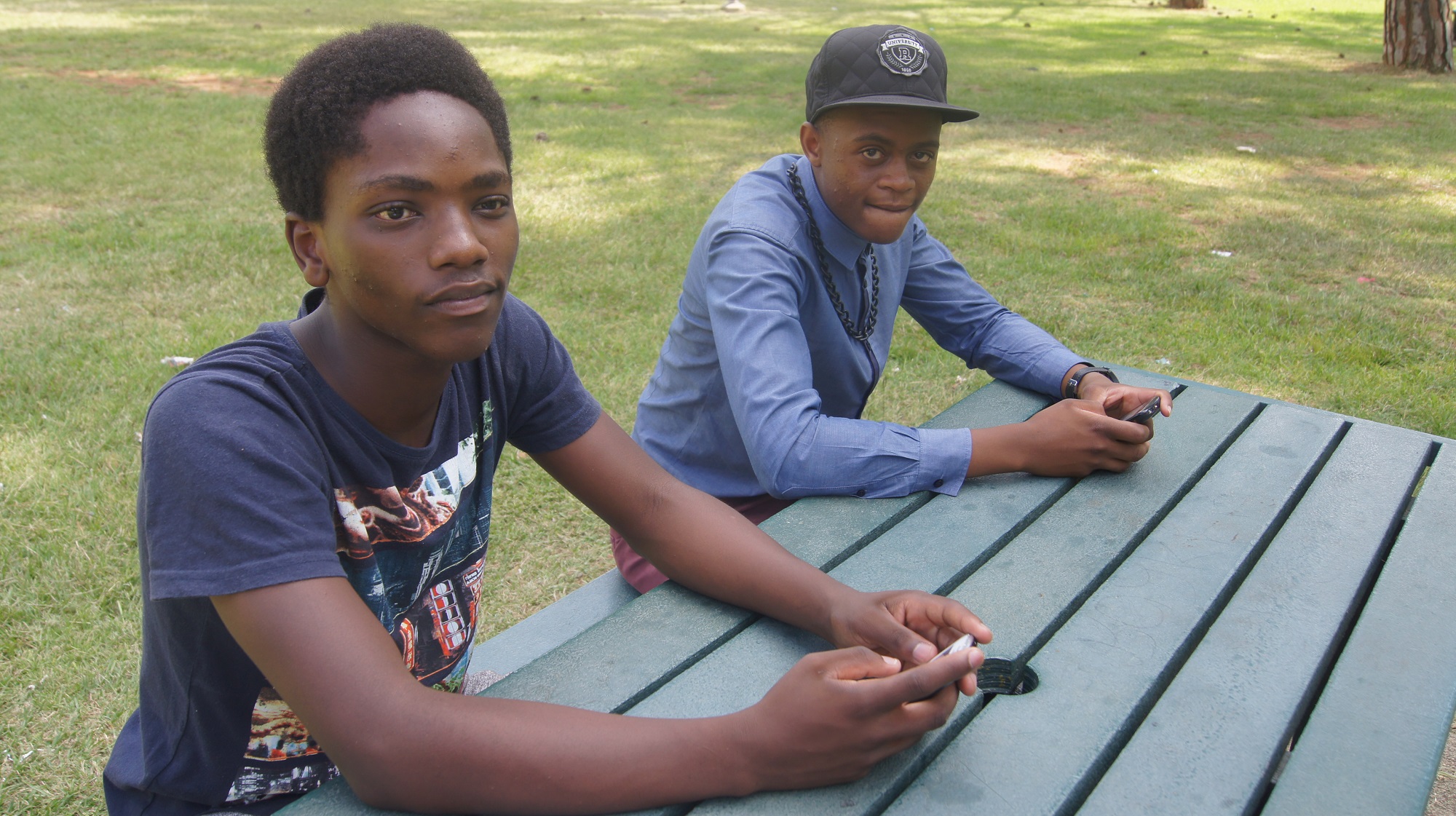
By June this year a total of 402 new WiFi sites will have been set up around the municipality.
“Beyond that, the city is exploring what kind of services can be enabled and based on the numbers and data from WiFi TV, we can see there’s a huge demand for entertaining video content,” Khan says.
Want to find out more about Project Isizwe? Don’t miss the special feature on tonight’s episode of EDGE: Science & Technology. It’s showing on [ED], which you’ll find on DSTV channel 190 and GoTV channel 65 at 7pm.

